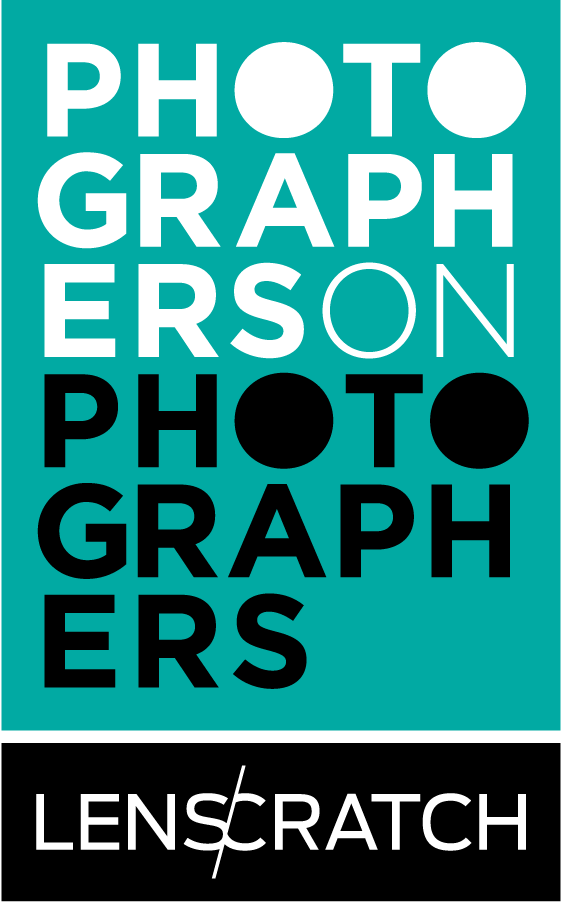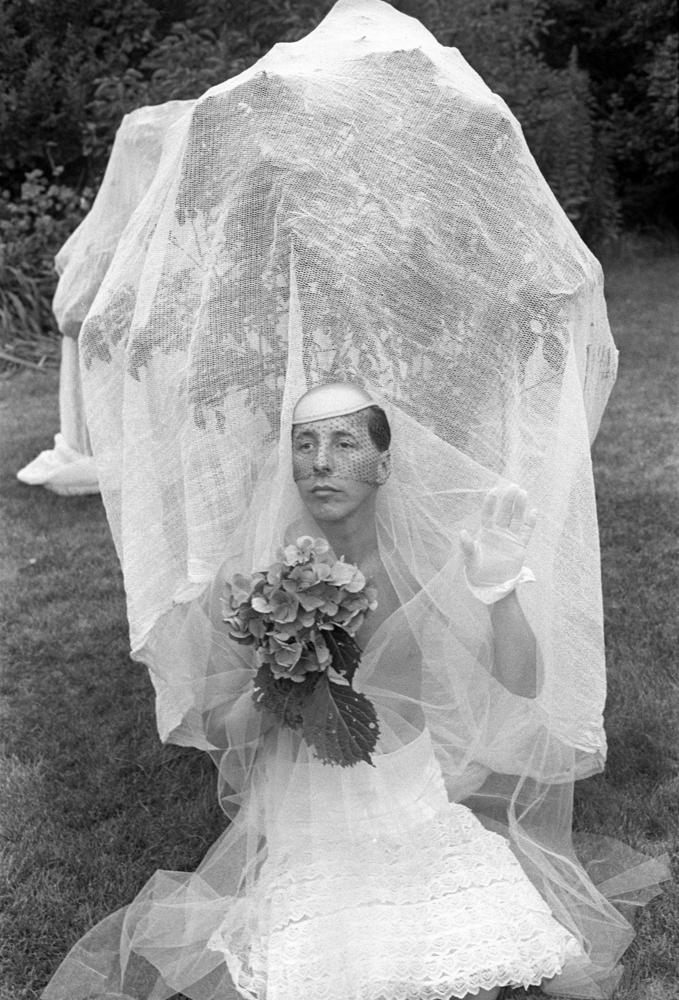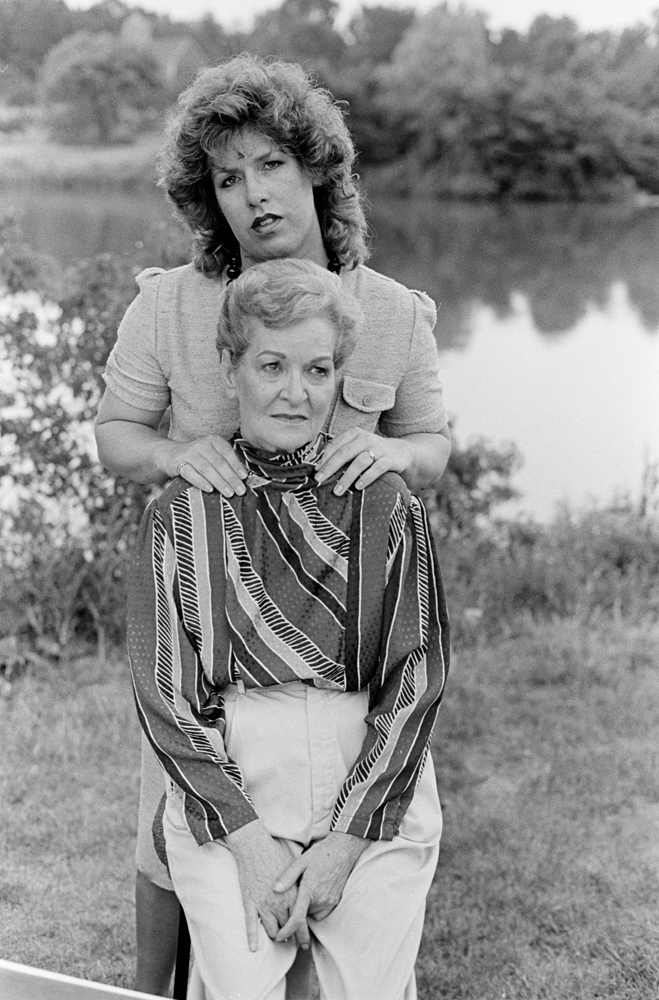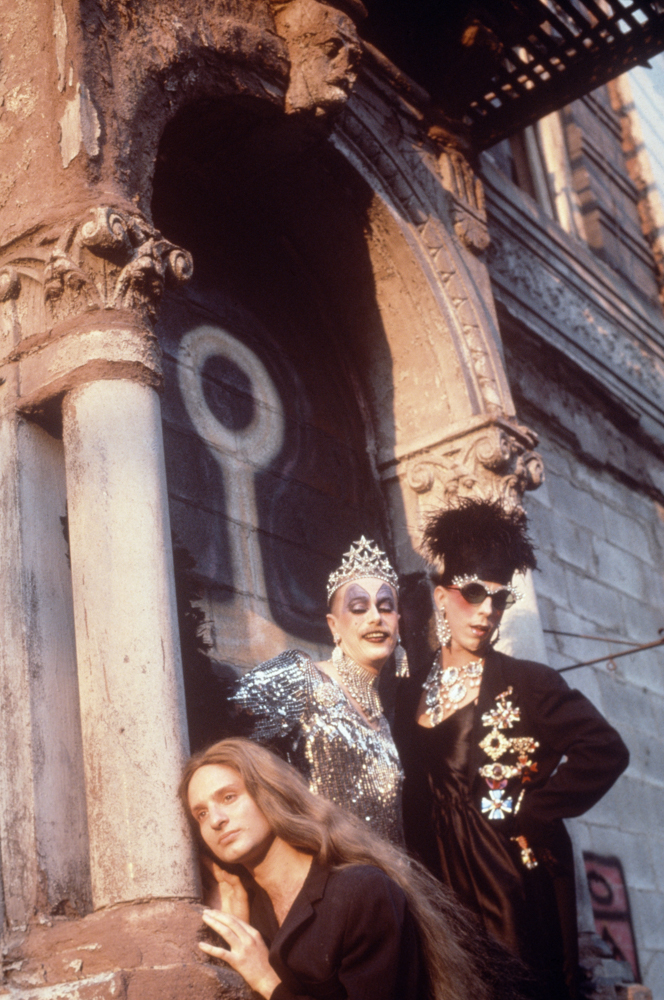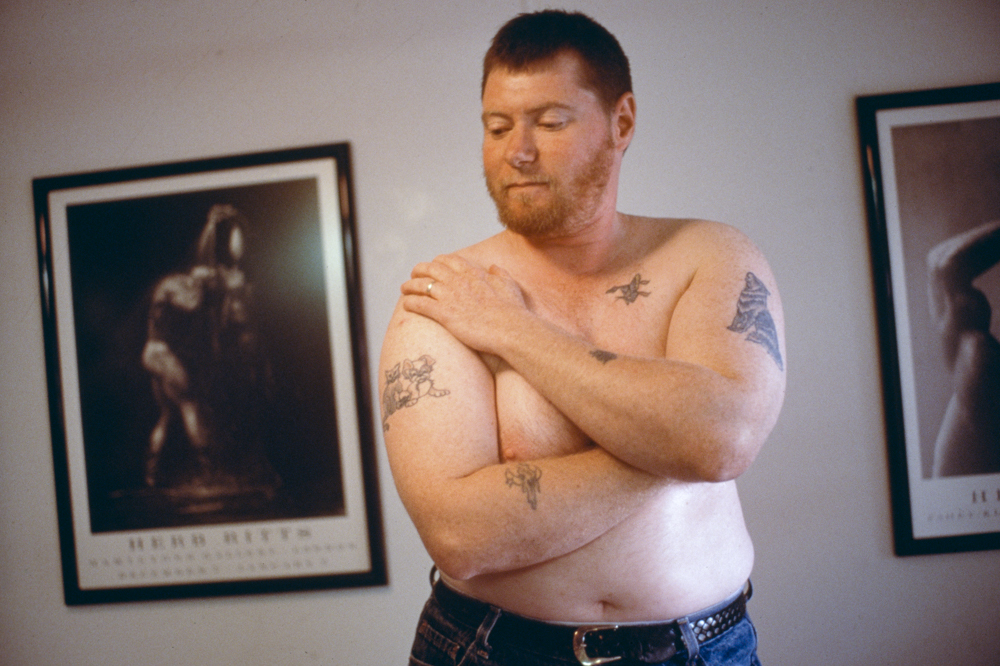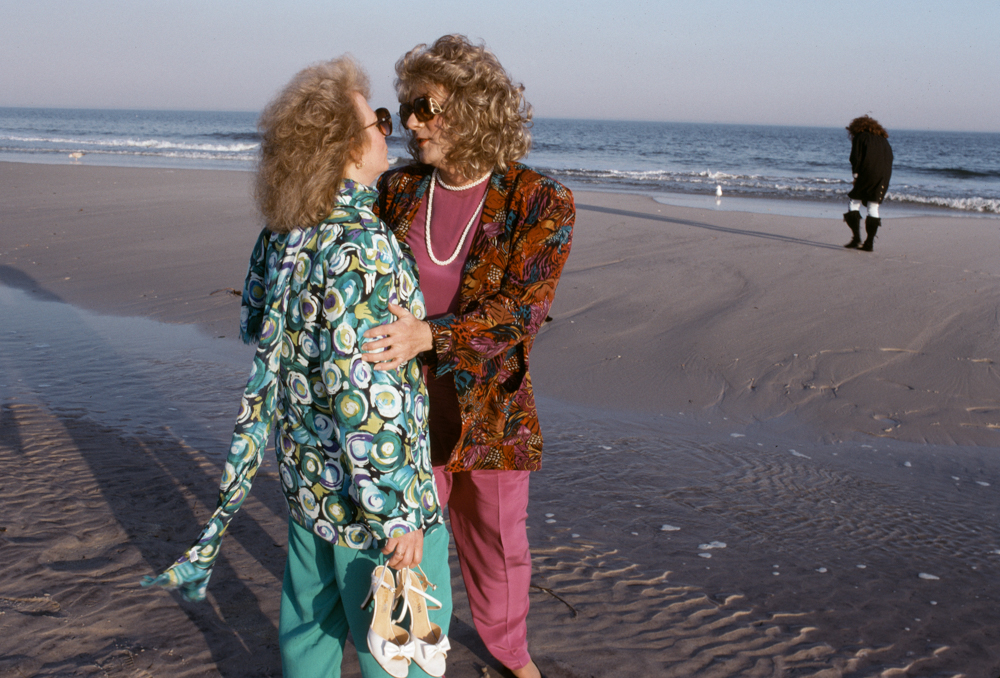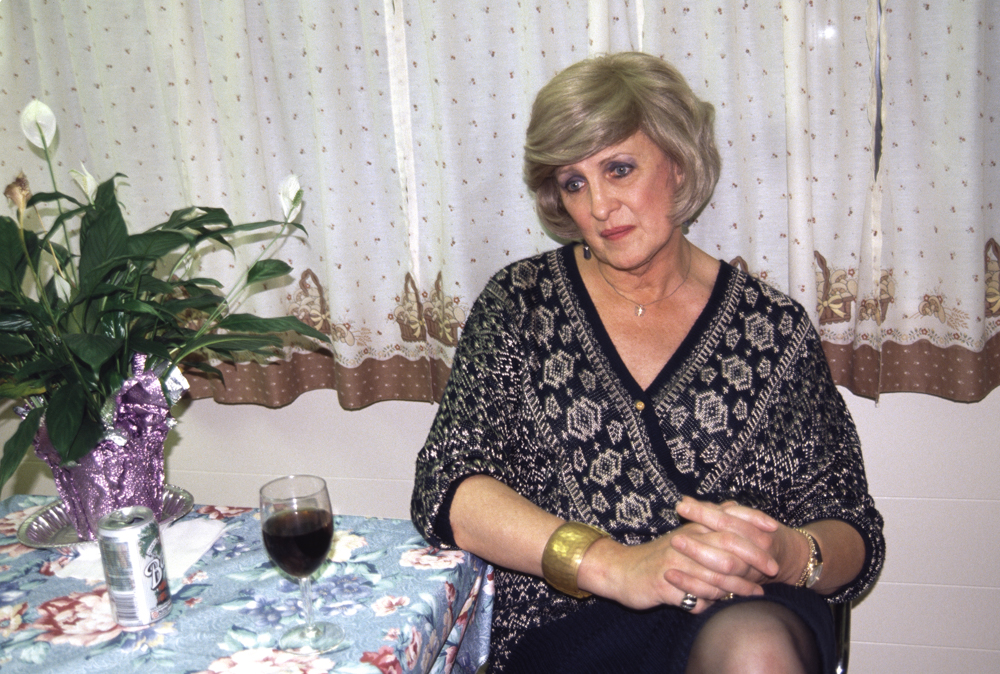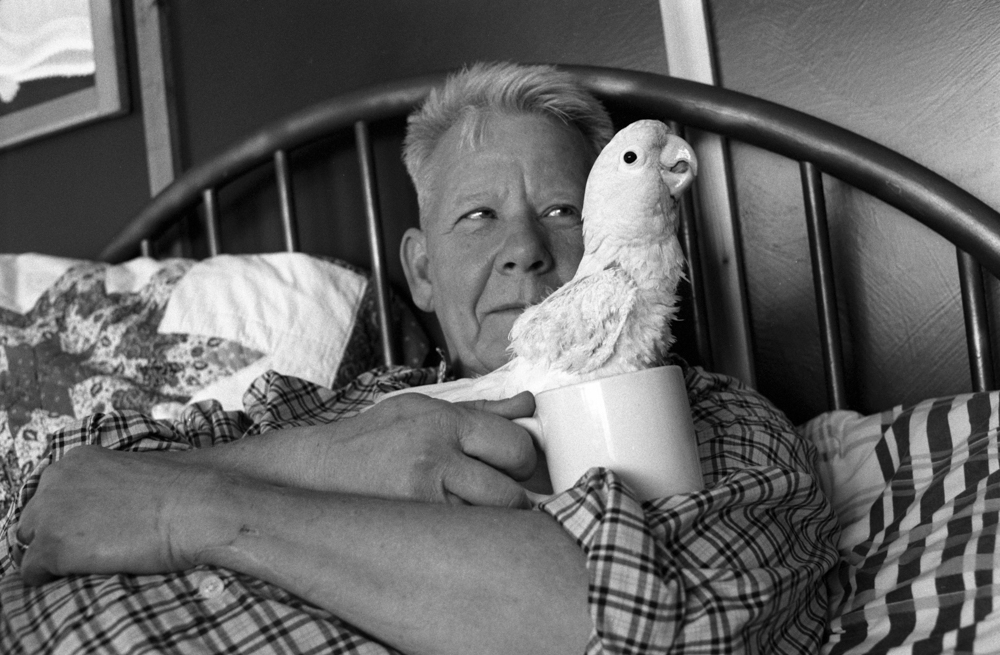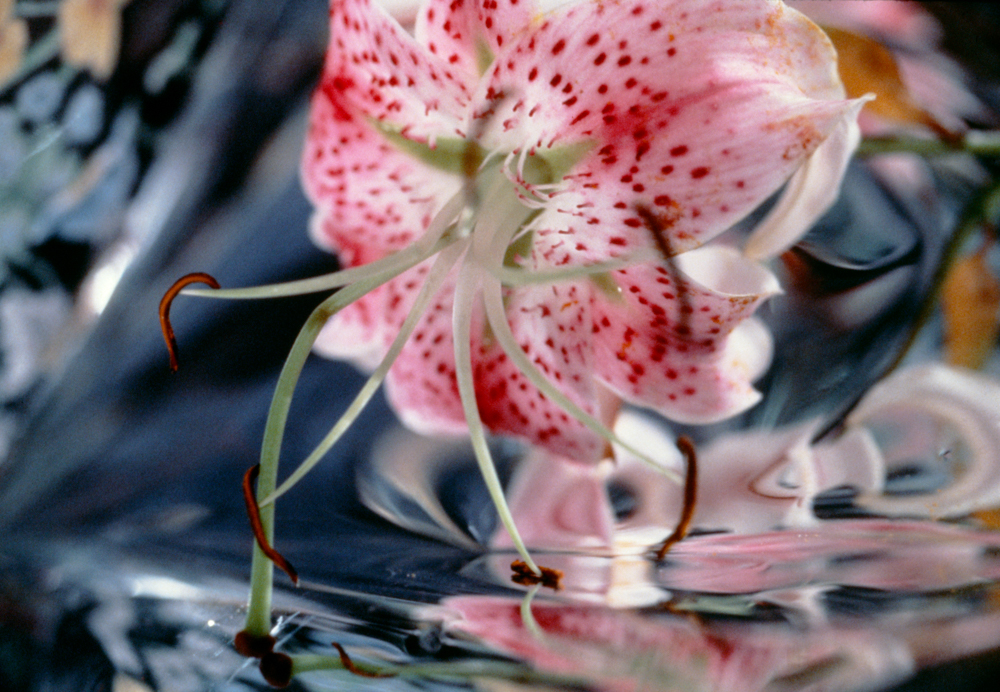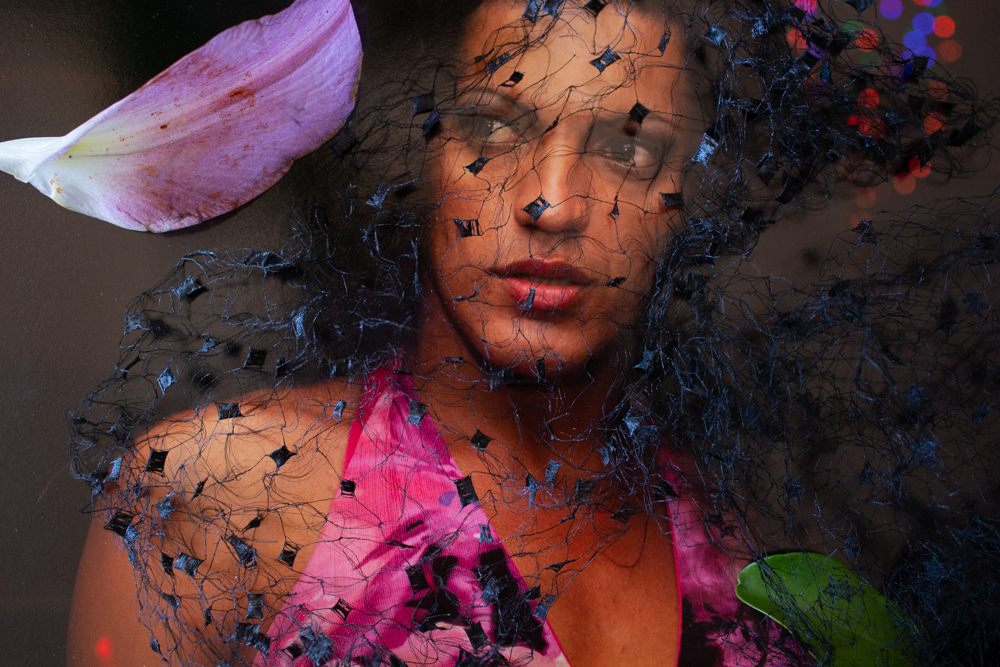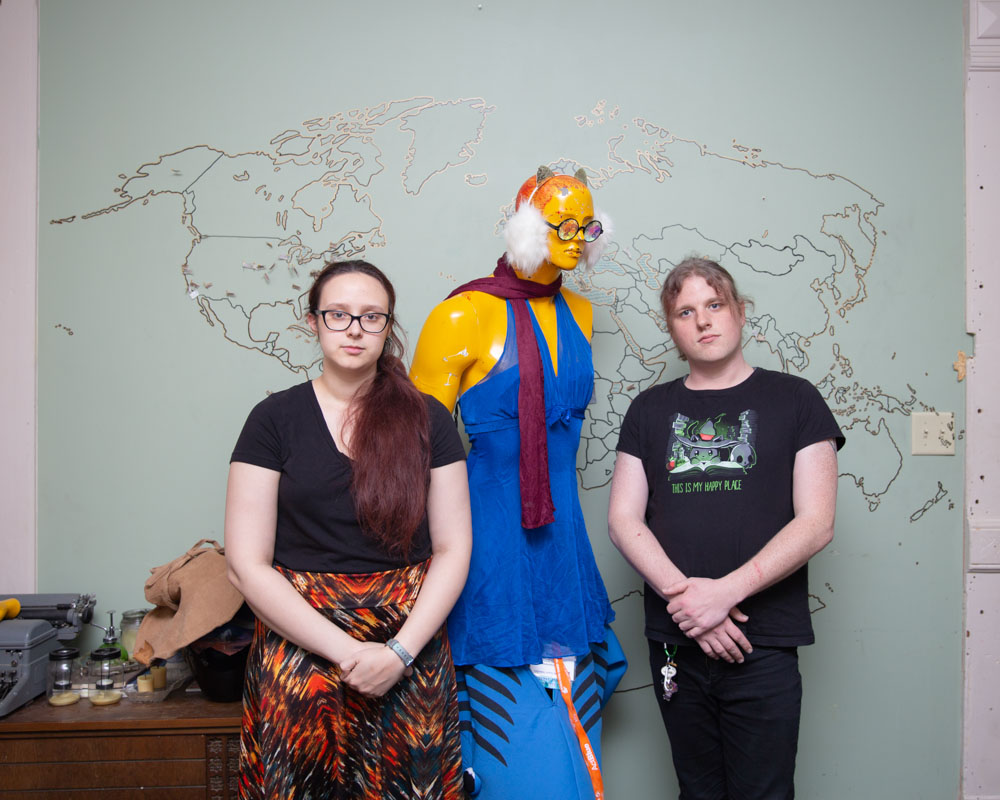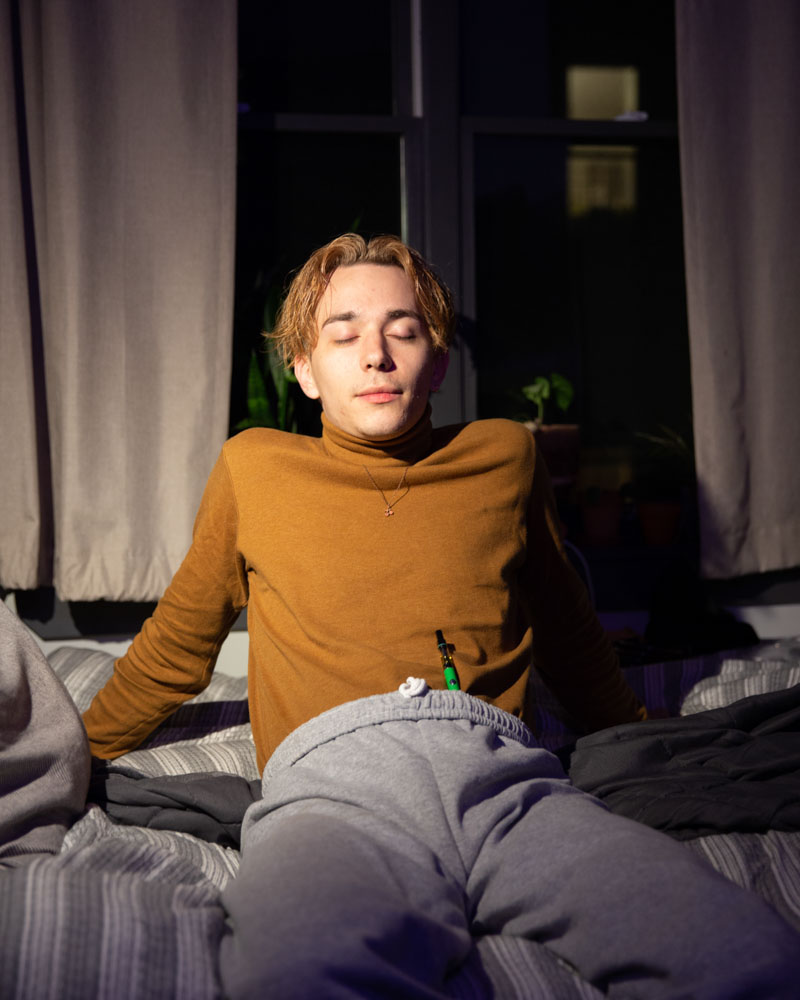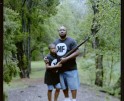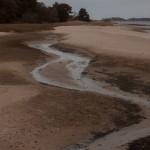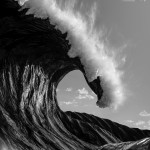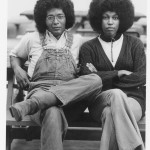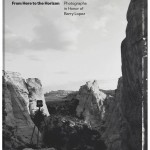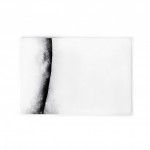Photographers on Photographers: Jesse Egner in Conversation with Mariette Pathy Allen
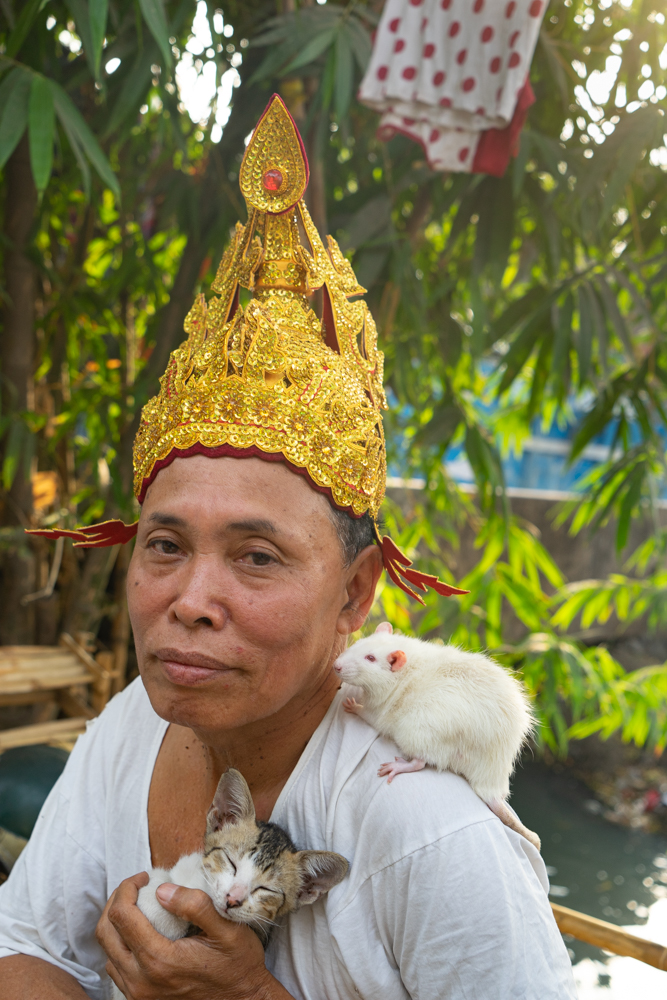
Spirit Medium in Burma. He makes the headgear for many other spirit mediums, and sleeps with his kitten and his rat, 2016 ©Mariette Pathy Allen
While looking through Mariette Pathy Allen’s archive, I can’t help but pause and look, momentarily immersing myself in a respite of time travel. One of the strongest of these moments was several months ago when I was in the darkroom making prints for Mariette. I remember watching as Shelia’s face manifested before me, the developer tray becoming a portal into 1984 at Fantasia Fair (the longest running annual transgender gathering in the United States). I beheld the tear-filled eyes of one of my queer elders and recalled Mariette telling me about this photograph: That day in 1984, Shelia, a trans woman, had finally found a place where she felt welcomed as who she was, and was overcome with tears.
I first met Mariette Pathy Allen in August of 2020, when the world was neck-deep in a pandemic and I was neck-deep in my post-graduate-school life. From the beginning, I recognized the impact of her work. Her work with queerness began in 1978 after staying in a hotel in New Orleans during Mardis Gras that also happened to be where a group of crossdressers was staying. Mariette first encountered them while grabbing breakfast on the last day of Mardis Gras, and, upon seeing she was alone, they invited her to join them for breakfast. After, they went outside and began lining up by the pool to be photographed by someone in the group. Mariette began photographing them, too. In her own words, “As I lifted the camera to my eyes, and looked through the lens, I saw someone in the middle of the group looking straight back at me, and I had an epiphany. I felt I wasn’t looking into the eyes of a man or a woman but at the essence of a human being, a soul. I said to myself, ‘I have to have this person in my life.’ It turned out that, in fact, that person lived 20 blocks away from me in New York City, and Vicky West and I became friends.”
Vicky invited Mariette to parties, clubs, and other events such as Fantasia Fair where Mariette continued photographing within queer communities. Mariette went on to photograph at a plethora of queer conferences, political demonstrations, parties, clubs, gender-affirming surgeries, queer weddings, and countless other events. She also traveled across the globe to photograph queer communities in Cuba, Burma, Thailand, French Polynesia, New Zealand, and others.
Aside from her queer work, Mariette has worked extensively with portraiture, still lives, and travel photography. Mariette has always been fond of making abstract flowers that complicate space and form as well as arresting and elegant fantasy portraits, culminating in the decades-long “Flowers and Fantasy” series. Additionally, she has been documenting her late husband’s family in the Texas suburbs for several years. After the pandemic required everyone to withdraw into their homes, she began revisiting painting—her original medium before breaking out into photography upon taking a class with renowned photographer Harold Feinstein.
Mariette Pathy Allen has been photographing the transgender community for over 40 years. Through her practice, she has been a pioneering force in gender consciousness. Her first book “Transformations: Crossdressers and Those Who Love Them” was groundbreaking in its investigation of a misunderstood community. Her second book “The Gender Frontier,” winner of a Lambda Literary Award in 2004, is a collection of photographs, interviews, and essays covering political activism, youth, and the range of people that identify as transgender in mainland USA. Daylight has published Mariette’s books “TransCuba,” and her newest book “Transcendents: Spirit Mediums in Burma and Thailand.” She has also acted as consultant and still photographer for several films, including “Southern Comfort” (2001) and “What Sex Am I?” (1984). In addition to her work with gender, Mariette’s background as a painter frequently leads her to photographic investigations of color, space, and cultural juxtapositions such as east/west, old/new, handmade/manufactured.
Mariette Pathy Allen’s photographs have been widely exhibited in the United States and abroad, including recent solo exhibitions at ClampArt and Museum of Sex, and recent group exhibitions at Plaxall Gallery and Aperture. Her work is represented in the permanent collections of the Brooklyn Museum of Art, National Gallery of Art, George Eastman Museum, Museum of Fine Arts Houston, Bibliothèque Nationale, Kinsey Institute, McEvoy Family Collection, and others. Mariette’s life’s work is being archived by Duke University’s Rare Book and Manuscripts Library, and the Sallie Bingham Center for Women’s Studies.
Mariette is represented by ClampArt in New York City. Follow Mariette on Instagram: @mariette_pathy_allen
Jesse Egner: Could you tell me a little about what you were thinking when you began photographing in queer communities? What were your goals?
Mariette Pathy Allen: When I first started, I learned that crossdressers grew up feeling very bad about themselves. Many thought they were the only ones in the world who felt the way they did. Some thought they were insane. Many were ashamed of themselves or terrified of being discovered. They kept their secret from their spouses, children, and other family members. In the media, gender variant people were depicted as freaks, evil, dangerous, or crazy people. They were usually photographed alone, mostly at night, always depicted as the “other”, never as acceptable, loveable people. A lot of media coverage focused on shock value and they enjoyed outing gender non-conformists.
I discovered, pretty early on, that I could make a difference in the lives of crossdressers and their families through photography. It could actually help a lot of people. This realization gave me a new sense of purpose, and a lot of joy. I always wanted to show them in the daylight of everyday life, to make them feel relatable.
JE: Much of your early work consists of photographs of “crossdressers” who did not transition or openly identify as female. I feel the lines between identities such as “transgender,” “crossdresser,” and “drag queen” were much blurrier at that time then they are now (particularly between the first and second). While this is most likely due to trans individuals of the time not being able to live as themselves and, rather, needing to keep their crossdresssed-selves as an isolated identity brought out only in secret, I do find the complication among these distinctions to be quite fascinating. In some ways, it feels more freeing—these individuals experimented and played with gender rather than assimilating into the expectations of any particular identity.
I think, for example, of Vicky West: a friend of yours you photographed extensively. Vicky was a wonderful artist and illustrator and art director of Drag magazine. However, Vicky was not Vicky full-time. When she was not Vicky, she was Dirk, also a successful artist and designer working as an art director at Abrams Books. I think about this double life Vicky led—the double life that many of your subjects probably lived—and it makes me wonder if these individuals would have decided to transition if given the opportunity, comfort, and safety to do so.
How would you describe the difference between “crossdresser” and “transgender,” in both the context of then and the context of now? Do you think, given the appropriate social climate, these individuals would have fully assumed their female identities? Or do you think some would have chosen to simply crossdress more openly, something they occasionally donned to experiment and express, rather than to identify?
MPA: Although many people were unsure about how to identify themselves in the ‘80s, there was also a lot of rigidity among the people with whom I spent most of my time. They wanted to see themselves as heterosexual crossdressers. There was an organization called “Tri-Ess” which stood for the “Society for the Second Self.” Homosexuals and transsexuals were forbidden. The greatest fear for the wives and female partners of male to female crossdressers was that their husbands were homosexuals—they wanted to look good to attract the attention of men, or that they would transition and the women would then be seen as lesbians. “I married a man, I didn’t marry another woman.” Tri-Ess was meant to keep everyone safe.
The crossdressers didn’t want to be confused with drag artists, because they didn’t see themselves as performers, nor were they gay.
“Transgender” was an umbrella term under which crossdressers and transsexuals, both female-to-male and male-to-female, fit. Early on, drag artists were not included under the umbrella, but now they fit, along with all the huge number of people referred to as “alphabet soup.”
If all the people I knew in the ‘80s and ‘90s were dealing with their gender identity now, they would appreciate the greater social flexibility available in this period. Some wouldn’t have remained crossdressers, they would have transitioned to the identity with which they identified. Others would feel more comfortable living androgynously (and using “they/them” pronouns) or continuing to enjoy the differences in their character and presentation as binary people. The main difference would be greater self-confidence and far less guilt. I think partners would be much more comfortable and flexible in their relationships.
JE: Lately, I’ve had the wonderful opportunity to accompany you on some photo shoots, and I’ve admired how you conduct them. They’re very spontaneous and playful, and you develop a reciprocal and engaging rapport with the subject rather than simply directing them. You’ve also developed life-long relationships with many of these people, photographing them across several years and, in some cases, decades. This connection between you and your subjects lends to the deeply intimate nature of many of your photographs.
I greatly admire that, as it is something I strive for in my own work—particularly the spontaneity and playfulness. How did you develop this process? Was it something you actively had to work on and practice? Did it come naturally with time and experience?
MPA: I would say the latter. I like to collaborate with whomever I’m working with. Sometimes, I have to do more directing than other times, sometimes it’s like a dance, and we read each other’s minds. I love it when that happens.
JE: You often include the subject’s environment or surroundings in your photographs. Can you talk a bit about this choice or why this is important?
MPA: Although I’ve done many close-up portraits, I enjoy showing people in their chosen environments. That is a sort-of double portrait: here you are, and here’s what matters to you, and how you feel about yourself.
JE: You attended a substantial amount of events through the years, such as conferences, political demonstrations, parties, etc… You even presented at conferences, and I’ve seen some photos where you’re dressed in drag. Can you describe the nature of your participation in these spaces? Do you see yourself as an observer, an active participant, something in-between?
MPA: I see myself as an active participant, an artist, ally, and activist.
JE: You’ve frequently photographed in communities outside of large cities, in more suburban or rural areas of the country. It makes me think of the concept of “metronormativity” and and how many queer artists, including myself, are seeking to challenge it and show appreciation for non-urban and rural queer communities. Is that something you also actively seek or have sought to do in your work? If so, can you describe why?
MPA: Having spent most of my life in cities, I’m always looking for people living in unfamiliar areas, doing unfamiliar things. In addition, people living in more isolated areas have to struggle harder to be free to express themselves, and so, I feel that I can offer more to people not in the center of things.
JE: I think this idea of metronormativity also relates to your Texas work. Do you draw any connection between photographing in non-urban queer communities and photographing your family in suburban Texas?
MPA: It’s fascinating! Many of the people I knew came from backgrounds similar to my working class Texas family. The main difference is that gender expansive people wear their hearts on their sleeves, so to speak, which almost automatically forces them to be introspective. If they come from religious backgrounds, they have to find ways of adjusting their identity to their religion.
JE: In addition to portraits, you also have an extensive archive of still lives, such as the flowers from your “Fantasy and Flowers” series, and your “Scapes” series. How did you first begin your “Fantasy and Flowers” series? And your “Scapes” series? Do you see a connection between them and your queer work?
MPA: I started out as a painter, and gradually moved from painting to photography. Along with the black and white series I created early on of artists and their creations, and on odd juxtapositions of people and their environments, I photographed flowers on top of mylar that had reflections of my paintings on them. I also collaborated with friends to make all sorts of fantasies. Odd tableaux using fabrics, feathers, body painting, the park at 6 AM, or the lower east side, rich with graffiti.
JE: Eventually, your work will be taken over by Duke University. What are your hopes for your work after it is in Duke’s possession? What do you hope your legacy will be?
MPA: I hope that my work will live on and be remembered as a part of the history of gender variant history. I feel that I am among the lucky ones who have contributed to the quality of life of a significant group of people.
Beyond that, I hope I have created some objects that might move people and offer some enjoyment.
JE: Thank you, Mariette, for your time and your continuing work—both your photographic work and other projects, such as your role in establishing the annual Illuminations Grant for Black Trans Femme visual artists. I have already witnessed the impact of your work, and I have no doubts this impact will continue indefinitely.
Jesse Egner is an artist working primarily with photography and video. Often taking the form of playful and absurd portraiture of himself and other individuals, his work explores themes of queerness, disidentification, queer corporeality, and the uncanny. Egner was born in 1993 in Lancaster, Pennsylvania and is currently based in Brooklyn, New York. His work has recently been included in exhibitions at Plaxall Gallery, Ohio University Seigfred Gallery, Emerge Gallery, Filter Photo, University of Texas Meadows Gallery, Photographic Center Northwest, El Rincón Social, Box 13 ArtSpace, Columbia College Chicago, Academy Art Museum, the Festival de Arte Lanzarote, and the Pingyao International Photography Festival. His photographs have been featured in publications by CNN Style, PUBLIC Journal, Cumulus Photo, Soft Lightning, Plataforma Minima, Efrem Zelony-Mindell, Queer Photo Collective, and Photographer’s Forum. He received his BA from Millersville University of Pennsylvania and his MFA in Photography at Parsons School of Design. Follow Jesse on Instagram: @jesseegner
Posts on Lenscratch may not be reproduced without the permission of the Lenscratch staff and the photographer.
Recommended
-
One Year Later: Christian K. LeeJuly 20th, 2024
-
One Year Later: Nykelle DeVivoJuly 19th, 2024
-
THE CENTER AWARDS: FISCAL SPONSORSHIP: CAROLINE GUTMANMay 28th, 2024
-
Earth Week: Hugh Kretschmer: Plastic “Waves”April 24th, 2024
-
Earth Week: Richard Lloyd Lewis: Abiogenesis, My Home, Our HomeApril 23rd, 2024

